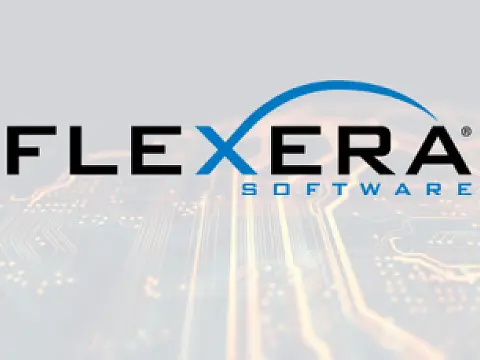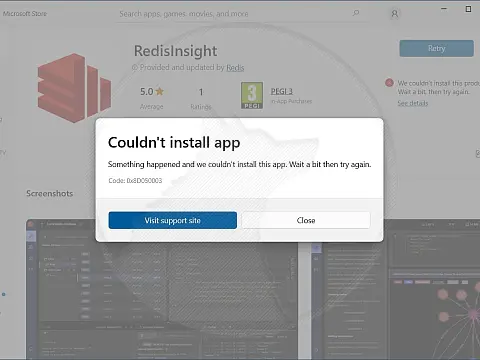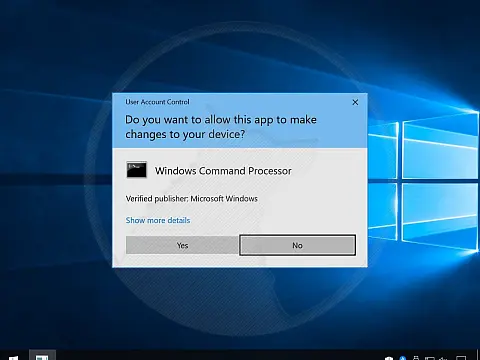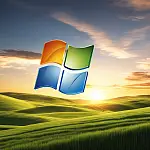The Rise of Windows SaaS - How Microsoft is Shifting Towards a Subscription-based ModelCurious about the future of Windows SaaS? Look no further! This comprehensive guide breaks down the latest trends and predictions, giving you a glimpse into what's to come.
The future of Windows is an interesting subject to research as technology keeps developing. This article will give you an overview of the most recent developments and forecasts relating to Windows and the SaaS model, as well as an idea of what lies ahead for this modern approach to software delivery.
What is SaaS?
A cloud computing approach known as Software as a Service (SaaS) allows users to subscribe to online access to software applications. Users can access and use software with a web browser rather than installing and maintaining it on separate PCs or local servers.
Instead of buying lifetime licences, users subscribe to SaaS apps, usually on a monthly or annual basis. This frequently leads to cheaper start-up costs and predictable recurring expenditures.
The Rise of Subscription-Based Software
It is expected that subscription-based software will continue to grow in favour during the future of Windows SaaS, as it has been doing in recent years. Instead of buying a single licence, customers who use a subscription model pay a regular charge to access and use the software. Reduced initial expenses, frequent upgrades and enhancements, and the flexibility to simply grow usage as required are just a few advantages of this strategy. Subscription-based software is expected to become the standard in the Windows SaaS market as more companies and consumers recognise its benefits.
Increased Integration and Collaboration
Greater integration and teamwork will be one of the main trends for Windows SaaS in the future. The increasing dependence of both consumers and enterprises on cloud-based software solutions highlights the critical need for smooth application integration. Regardless of the software they use, users want to be able to interact and share data with others with ease. Software developers are concentrating on developing more open and interoperable solutions that make collaboration and integration simple in response to this demand. This will increase the user experience overall in addition to increasing productivity and efficiency. In the future, Windows SaaS will likely see more collaboration tools and integrations with other SaaS systems.
Enhanced Security and Privacy Measures
The growing use of cloud-based software solutions has led to an increase in security and privacy concerns. Customers want to know that their privacy is respected and that their data is safe. Future iterations of Windows SaaS will include improved privacy and security features in response to this. To provide users peace of mind, software developers are investing in multi-factor authentication, safe data storage, and cutting-edge encryption technology. To guarantee that user data is managed properly, compliance with data protection laws, such as the GDPR, will also be a priority. Users may use Windows SaaS for both personal and corporate purposes with confidence because of these improved security and privacy features.
Cloud-Based Solutions and Remote Work
The emergence of cloud-based solutions and the growing popularity of remote work have a direct bearing on Windows SaaS's future. The demand for adaptable and user-friendly software solutions is higher than ever as an increasing number of companies implement rules allowing for remote work. Windows SaaS is a great option for remote workers since it provides the ease of accessing data and applications from any location, at any time. More integration between Windows SaaS and remote work solutions, such as virtual meeting software and collaboration platforms, is something we should anticipate in the future. For remote teams, this will further improve productivity and streamline procedures. Additionally, cloud-based solutions are a desirable alternative for companies of all sizes due to their scalability and affordability.
Artificial Intelligence and Machine Learning Integration
In the future of Windows SaaS, artificial intelligence (AI) and machine learning (ML) technologies will be integrated in a big way. The way we interact and utilise software could be completely changed by these technologies. Windows SaaS may become more intelligent and adaptable with AI and ML, automating tedious operations, enhancing user experience overall, and making personalised recommendations. AI-enabled virtual assistants, for instance, may help users navigate and utilise software, while machine learning algorithms can analyse user data to find trends and anticipate future events. In addition to improving Windows SaaS's functionality, this AI and ML integration will help businesses optimise their operations and make data-driven decisions.
Will Microsoft Shift to a SaaS Model for Windows for Home Consumers?
As of yet, Microsoft has not released any formal statements about switching to a SaaS model for Windows users at home. The release of Microsoft 365 (previously Office365), a subscription-based offering for office productivity apps and cloud services, indicates that Microsoft has been shifting some of its services and products onto subscription-based models.
Different from the standard Windows operating system used by home users, Microsoft has created Windows 365, a cloud-based service that lets customers stream a Windows desktop from the cloud on a subscription basis. Traditional licencing arrangements were still in place for Windows 10 and Windows 11, allowing customers to buy an operating system licence or have it pre-installed on new computers.
It is important to note that Microsoft's strategy and product offerings are subject to change over time in response to customer preferences and market changes. Any major changes to Windows' licencing or distribution mechanism for ordinary consumers would probably be made public by Microsoft via official channels.
Visit the official Microsoft website and sign up for their news and updates to stay up to date on the company's most recent advancements and product offers. In this manner, you can get the most recent news on any updates or new goods about Windows for home customers.













